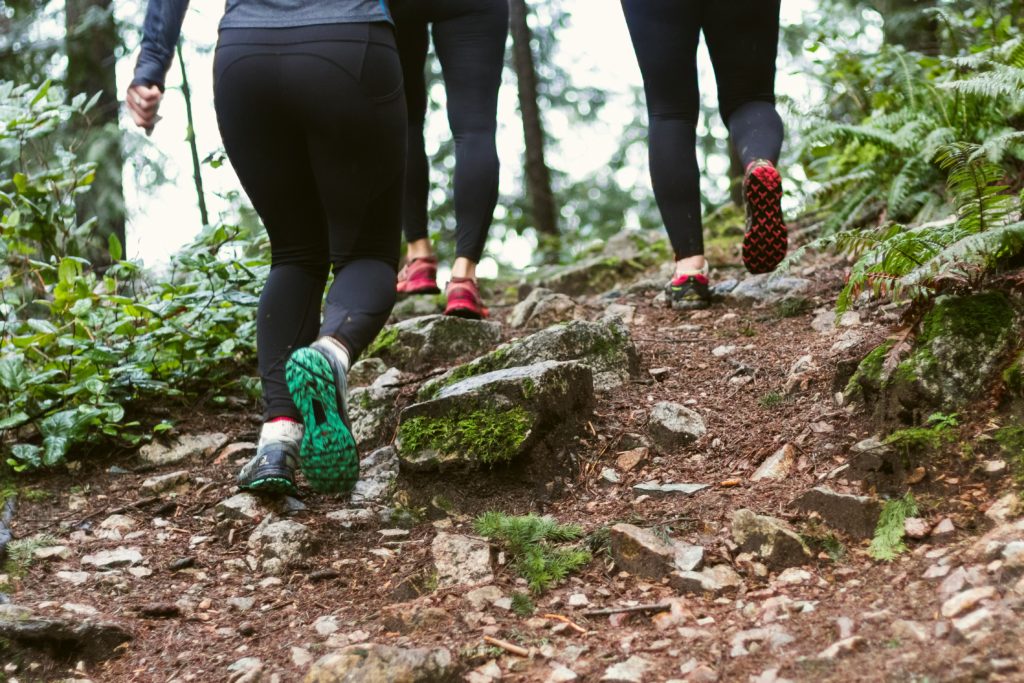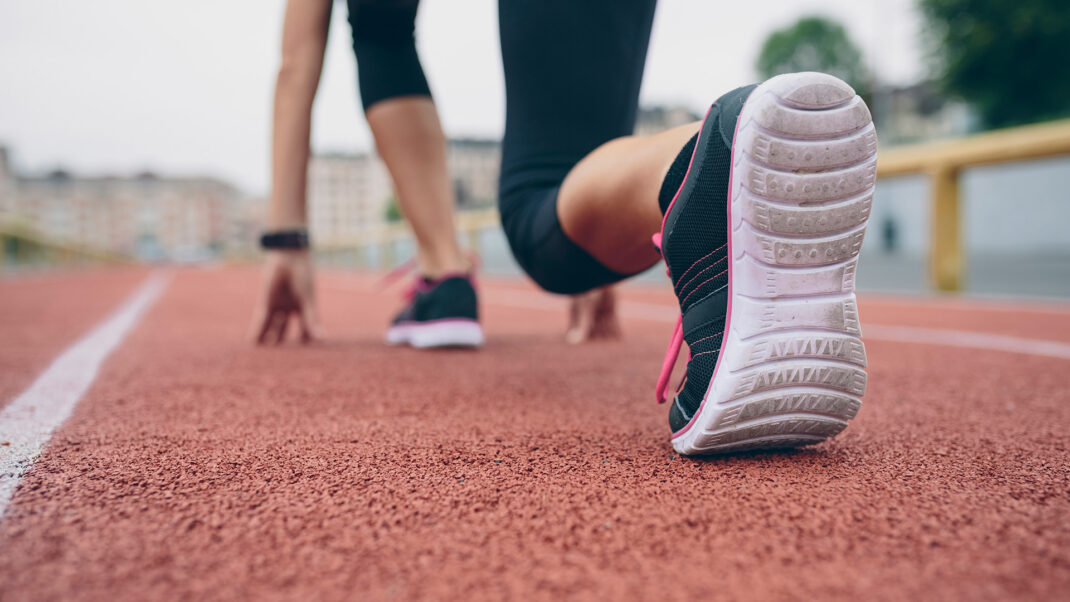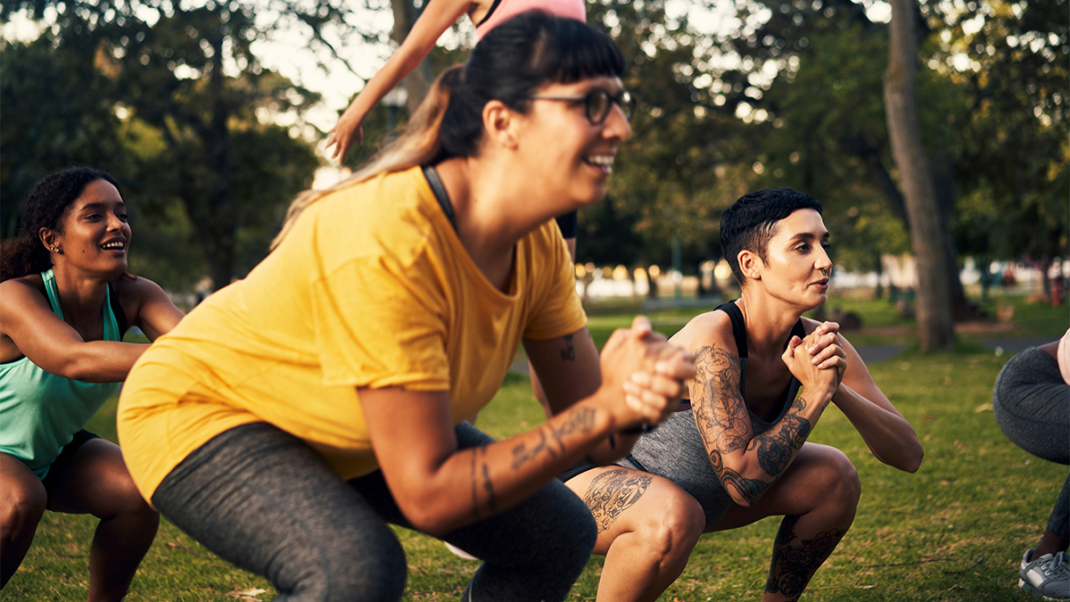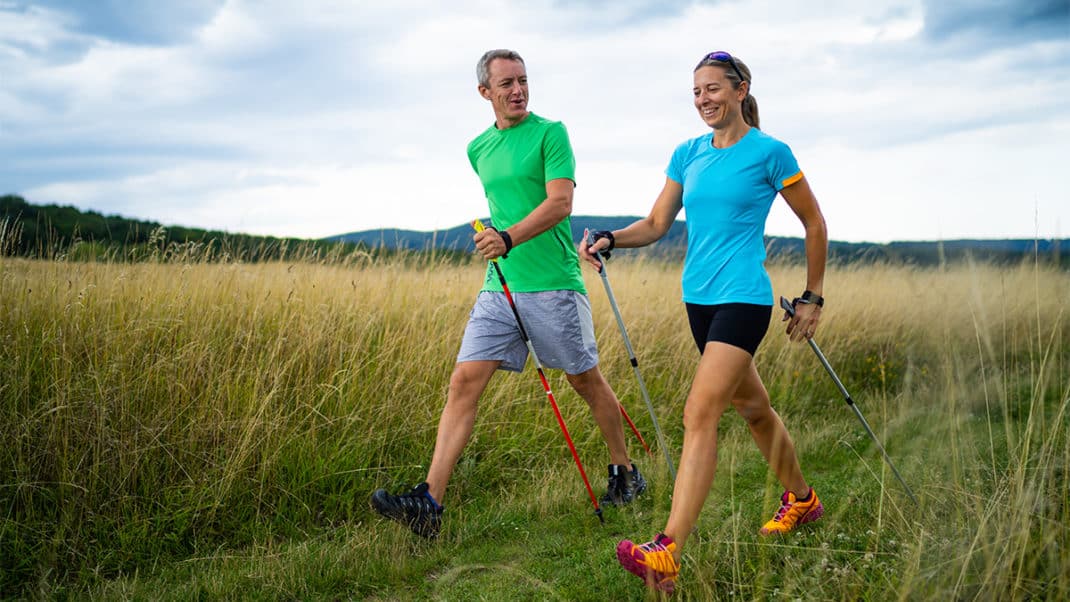Safe and Effective Outdoor Workouts
A Guide for Fitness Professionals

Exercising outdoors offers numerous benefits, including fresh air, varied terrain, and exposure to natural light. However, outdoor workouts also present unique challenges and risks. As a fitness professional, it’s crucial to guide your clients in safely navigating these challenges to optimize their exercise experience. This article provides comprehensive guidelines to ensure safe and effective outdoor workouts.
1. Assess the Environment
Terrain and Surface Conditions:
- Evaluate the Workout Area: Before initiating any outdoor session, thoroughly inspect the area for potential hazards such as uneven surfaces, holes, slippery spots, or debris that could lead to trips or falls.
- Adapt to the Terrain: Choose exercises that are appropriate for the specific environment, whether it’s grass, sand, pavement, or trails. Different surfaces can impact joint stress and injury risk.

Weather Conditions:
- Monitor Weather Forecasts: Stay informed about current and upcoming weather conditions. Extreme temperatures, rain, or high winds can affect safety and performance.
- Plan Accordingly: Schedule workouts during favorable weather conditions and have contingency plans for inclement weather.
2. Obtain Necessary Permissions and Understand Regulations
- Check Local Laws: Ensure compliance with local regulations regarding outdoor training sessions. Some areas may require permits or have restrictions on group sizes and activities.
- Secure Permissions: Obtain any necessary permits for using public spaces to avoid legal issues and ensure uninterrupted sessions.
3. Ensure Proper Attire and Equipment
Clothing:
- Dress for the Weather: Advise clients to wear moisture-wicking and weather-appropriate clothing. In colder conditions, layering is essential to maintain body heat.
- Use Reflective Gear: For early morning or evening workouts, reflective clothing enhances visibility and safety.
Footwear:
- Select Appropriate Shoes: Recommend footwear that provides adequate support and traction suitable for the specific outdoor surface to prevent slips and injuries.
Equipment:
- Inspect Equipment Regularly: Ensure that any equipment used is in good condition and appropriate for outdoor use. Regular maintenance checks can prevent accidents.
4. Prioritize Hydration and Nutrition
- Encourage Regular Hydration: Outdoor activities, especially in warm weather, increase fluid loss. Clients should drink water before, during, and after exercise to maintain hydration.
- Advise on Nutrition: Consuming a balanced meal or snack before workouts can provide the necessary energy and prevent fatigue.

5. Implement Safety Measures
Emergency Preparedness:
- Carry a First Aid Kit: Always have a basic first aid kit accessible during sessions to address minor injuries promptly.
- Know Emergency Contacts: Keep a list of emergency contacts and be aware of the nearest medical facilities.
Client Health Considerations:
- Be Aware of Medical Conditions: Understand any pre-existing conditions your clients may have, such as asthma or allergies, and plan accordingly.
- Monitor for Signs of Distress: Be vigilant for symptoms of heat exhaustion, hypothermia, or other exercise-induced conditions, and respond promptly.

6. Communicate Clearly with Clients
- Set Expectations: Clearly outline the workout plan, including duration, intensity, and any specific instructions.
- Encourage Feedback: Maintain open communication, allowing clients to express concerns or discomfort during sessions.
- Provide Modifications: Offer alternative exercises to accommodate varying fitness levels and ensure inclusivity.
7. Stay Informed and Continuously Educate Yourself
- Pursue Continuing Education: Stay updated on best practices for outdoor training through workshops, courses, and professional organizations.
- Network with Peers: Engage with other fitness professionals to share experiences and strategies for effective outdoor training.
By implementing these guidelines, fitness professionals can create a safe, enjoyable, and effective outdoor exercise experience for their clients, fostering long-term adherence and promoting overall health and well-being.
References
American Council on Exercise (ACE Fitness). (n.d.). Outdoor fitness training: Strategies and considerations. ACE. Retrieved April 24, 2025, from https://www.acefitness.org
AusActive. (n.d.). Continuing professional development (CPD) for fitness professionals. Retrieved April 24, 2025, from https://www.ausactive.org.au
CPH & Associates Insurance. (n.d.). How to minimize client injuries during outdoor workouts. Retrieved April 24, 2025, from https://www.cphins.com
National Institute for Fitness and Sport (NIFS Home). (n.d.). Outdoor exercise safety tips. Retrieved April 24, 2025, from https://www.nifs.org
Verywell Health. (2023, March 28). How to exercise safely if you have a chronic condition. Retrieved from https://www.verywellhealth.com





